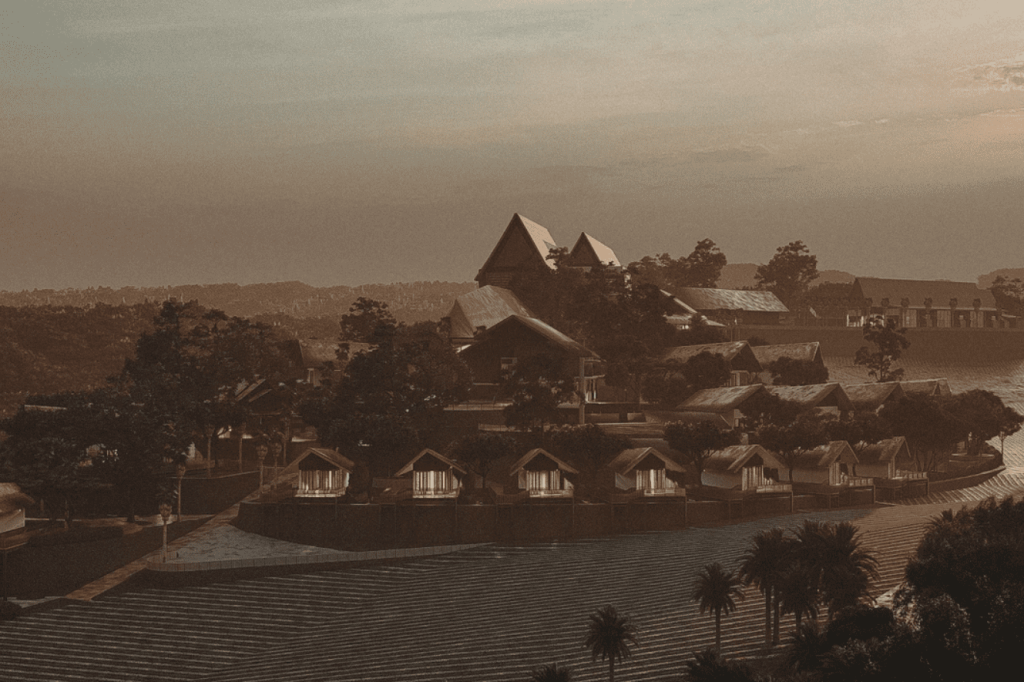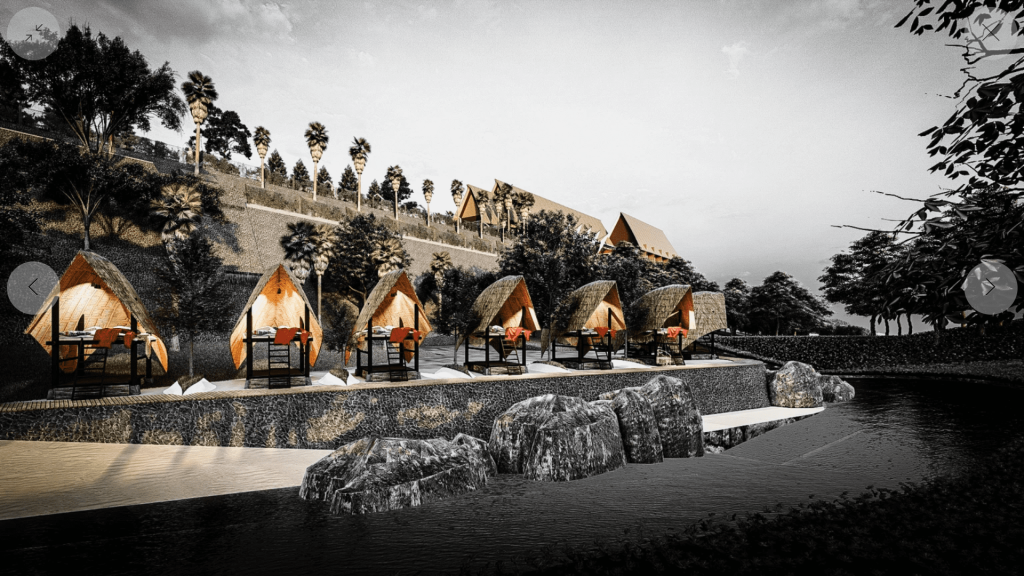Tourism and architecture are two things that cannot be separated in its development. Architecture plays an important role in organizing and maintaining a tourism area so that it can still provide a beautiful visual image. (Mill and Morrison, 1985). Architectural works, especially those that i k onik are used as attractions in the world of tourism and a da two roles of architecture , namely Menjadikan architectural works as objects of attraction and disain architecture to accommodate tourism activities. Taking into account the components of the tourism industry 5 A (attraction, accessibility, amenity, accommodation, awarness), then architectural works contribute to 3 components, namely Attraction: presenting artificial tourist destinations in the form of iconic areas / buildings, Amenity: restaurant buildings, cafes, tourism information centers, museums and accommodation: hotel buildings, resorts, home stay.

Cultural diversity in Indonesia, especially traditional architecture and supported by the natural beauty of the archipelago, becomes a valuable capital for the world of tourism if it can be managed properly. Amid the modern era, the courage to raise the values of local wisdom with high concern for the environment can be a special attraction for tourists. Especially during this pandemic, the trend of traveling prioritizes outdoor tourism, avoids crowds, needs high security and privacy, and seeks new experiences and challenges.

Architects have an important role to create quality architecture that reflects Indonesian characteristics such as hotel buildings, restaurants, galleries, to museums. The creative idea of architects can elevate a location into a tourist attraction that has international competitiveness. Through iconic architectural works that meet the expectations and imaginations of tourists, it guarantees tourists to return to visit and become agents of information and publications with the power of social media.


